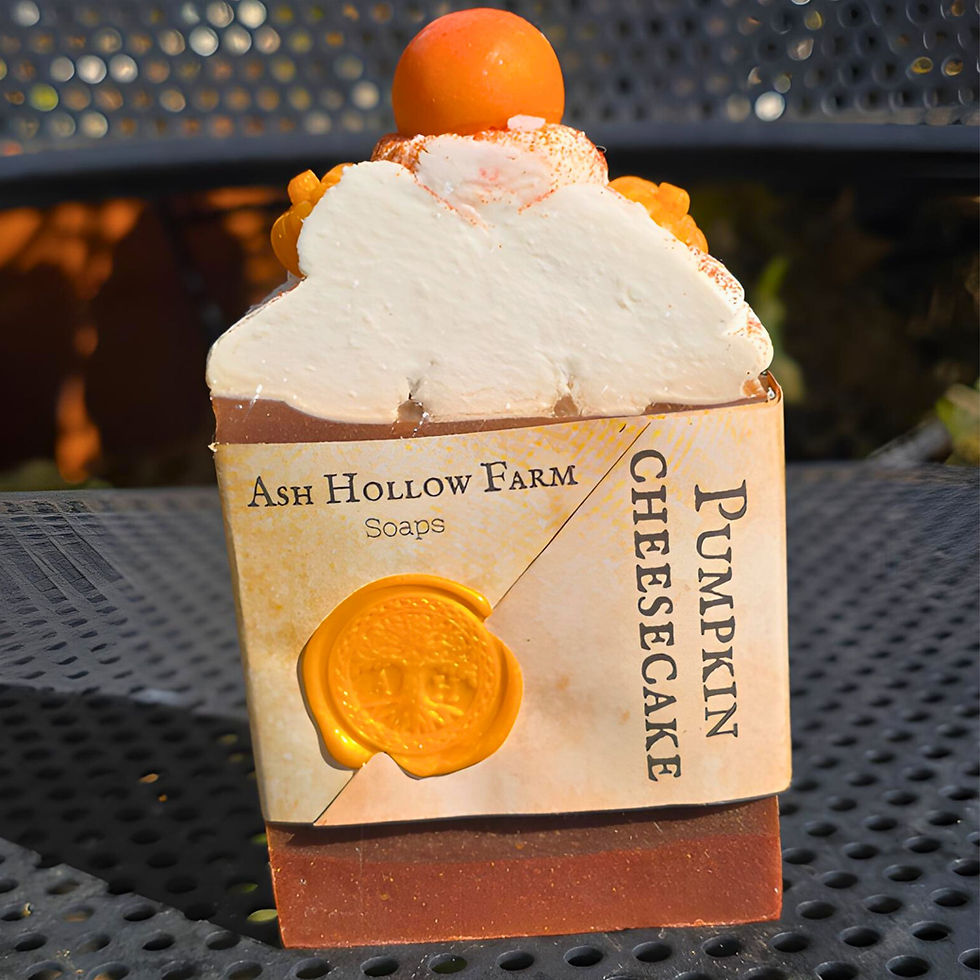Buttercrunch lettuce seeds
Buttercrunch lettuce earned its All-American status in 1963. This variety has gained enormous popularity due to its stunning rosette appearance, heat tolerance, buttery flavor, and its leaves. The leaves are velvety, broad, and smooth but dainty. The shape and strength of the leaves make this variety an excellent candidate for lettuce wraps. The slightly cupped broad leaves can accommodate quinoa stuffing, chicken salad, tuna salad, shredded chicken, etc. Wraps are great for picnics and they keep your hands clean and can be eaten with minimal dishware.
Buttercrunch does well in containers as long as it's at least 1 gallon. Leaves can be harvested from the bottom up throughout the season for a continual supply of velvety buttery leaves. The heads are compact and ideal for square-foot gardeners. If you don't use square-foot gardening, you can still harvest the leaves to keep the plant more compact as it grows so plants around it won't get shaded. These do well in full to partial sun.
Seed count: 300
Botanic name:
Lactuca sativa var. capitata
Plant spacing:
8"-10" apart
Color:
Light green
Sowing depth:
1/4 inch deep
Sun requirements:
Full sun to part shade
Utilization:
The oversized leaves provide ample real estate for fillings (i.e. chicken salad, rice pilaf, tuna salad, etc). These are great for lettuce wraps but can be chopped up for salads and used on sandwiches and burgers.
Frost hardy:
Yes
Maturity days:
45 - 50 days
Life cycle:
Bienneial
Can I start indoors:
Yes
Container friendly:
Yes
Growing Instructions:
**Growing Lettuce from Seed**
1. **Timing:** Lettuce is a cool-season crop. Start seeds indoors 4-6 weeks before the last expected frost or directly sow them in the garden once the soil temperature reaches at least 40°F.
2. **Containers and Soil:** Use seed starting trays or small pots filled with a seed starting mix. Moisten the mix before planting.
3. **Planting:** Sow seeds thinly on the surface of the soil, covering them lightly with 1/8 inch of soil. Mist the soil gently to avoid dislodging the seeds.
4. **Light and Temperature:** Place the containers in a warm, sunny location with temperatures between 60-70°F. If needed, use a grow light to provide adequate light.
5. **Watering:** Keep the soil consistently moist but not soggy. Misting the soil surface regularly is a good way to maintain moisture without disturbing the seeds.
6. **Germination:** Lettuce seeds typically germinate within 7-10 days.
7. **Thinning:** Once seedlings have a few true leaves, thin them to the strongest plant in each cell or pot.
**Transplanting Lettuce**
1. **Hardening Off:** Before transplanting, gradually acclimate seedlings to outdoor conditions by placing them outside for a few hours each day, gradually increasing the duration over a week.
2. **Spacing:** Transplant seedlings into the garden when they have 4-6 true leaves. Space them according to the variety:
* Leaf lettuce: 6-8 inches apart
* Head lettuce: 10-12 inches apart
3. **Planting Depth:** Plant seedlings at the same depth they were growing in their containers.
4. **Watering:** Water deeply after transplanting to help the seedlings establish.
**Caring for Transplanted Lettuce**
1. **Watering:** Lettuce needs consistent moisture, especially during hot weather. Water deeply and regularly, aiming to keep the soil evenly moist but not waterlogged. Water in the morning to allow excess moisture to evaporate during the day.
2. **Fertilizing:** Lettuce is a light feeder. Fertilize once or twice during the growing season with a balanced liquid fertilizer diluted to half strength.
3. **Weed Control:** Keep the area around your lettuce plants weed-free to reduce competition for nutrients and water.
4. **Pest and Disease Control:** Monitor plants for signs of pests or diseases. Aphids and slugs are common lettuce pests. Neem oil or insecticidal soap can help control aphids. Handpicking slugs or using diatomaceous earth can be effective for slug control.
5. **Harvesting:** Harvest leaf lettuce by snipping outer leaves as needed, allowing the inner leaves to continue growing. Harvest head lettuce when the heads are firm and full-sized but before they bolt (flower).
**Additional Tips**
* Consider succession planting lettuce every 2-3 weeks for a continuous harvest throughout the season.
* Lettuce prefers cool weather. If temperatures rise above 75°F, consider providing shade for your plants to prevent bolting.
* Lettuce grows well in containers. If you have limited garden space, try growing lettuce in pots or raised beds.
Cyber week sale































